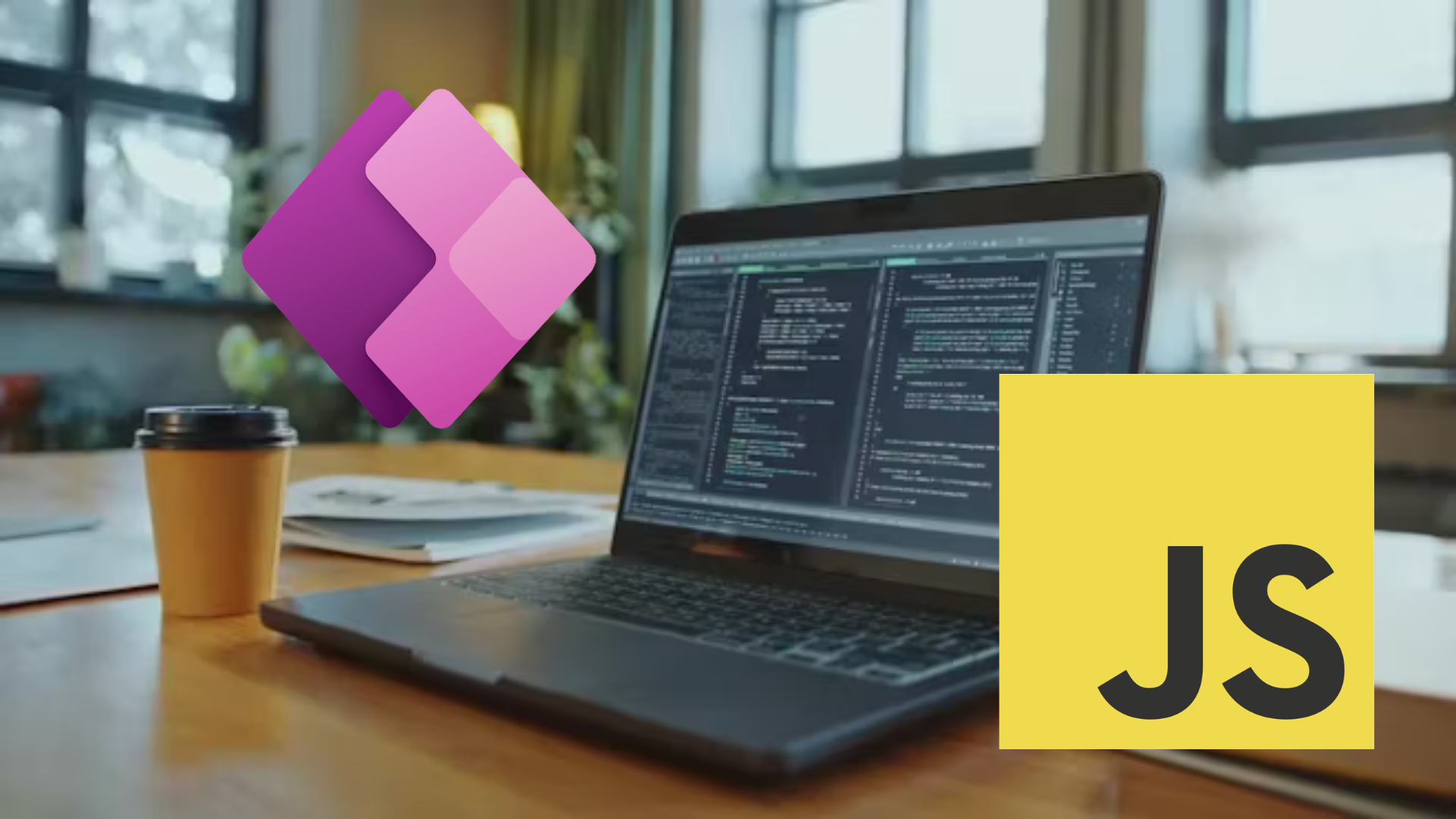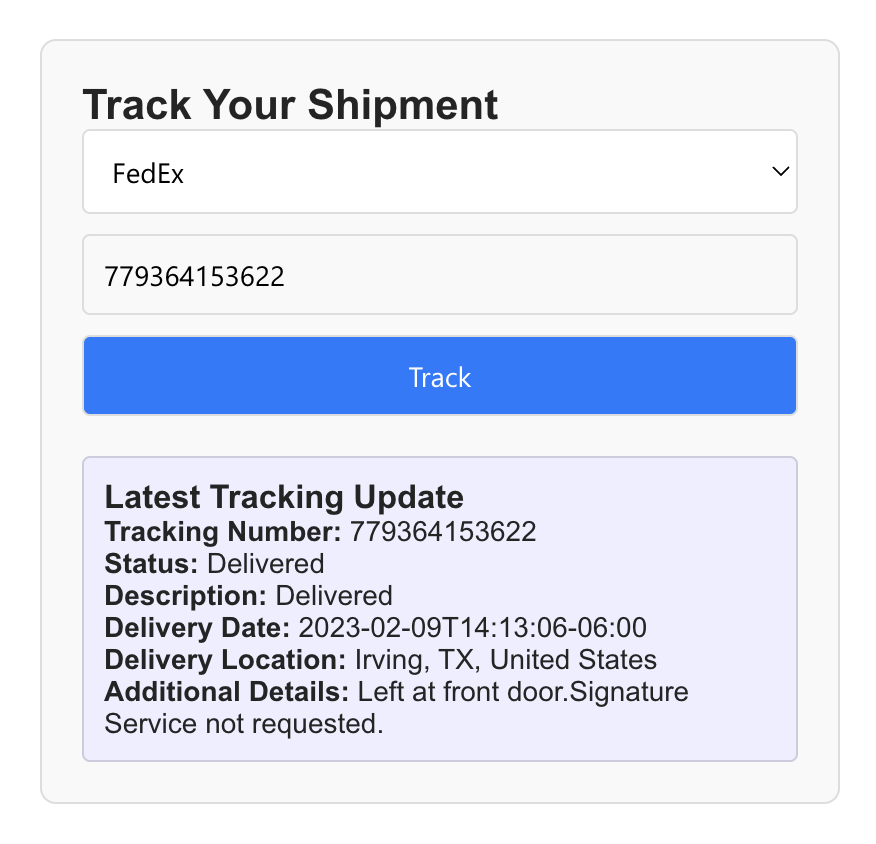
Getting More out of your Low-Code Solution with Power Apps
Getting More out of your Low-Code Solution with Power Apps
Organizations across various sectors are increasingly investing in the Power Platform rather than traditional web-development frameworks. The appeal is clear: the remarkable speed at which solutions can be designed, developed, and deployed into production environments. With promises of deploying apps with zero coding that seamlessly integrate into your organization, it's tempting to go down that road - and in many cases, this is the right call.
Often, what's needed to digitize processes and make everyone's lives easier isn't some complex full-stack application; rather, a form with built-in automation frequently suffices. However, many organizations that have invested in Power Apps development find they can complete 90% of their project with out-of-the-box functionality, but there's that last 10% that seems impossible to overcome. They've tried everything they could possibly think of but are at their wits end and have either thrown in the towel, written off the project, or given up on that last 10%. Does this sound familiar?
Thankfully there are tools to get that last 10% across the finish line, and beyond, and that's where Webresources and the Power Apps Component Framework (PCF) come into play.
Power Apps Component Framework (PCFs)
The Power Apps Component Framework (PCF) is Microsoft's solution for extending the capabilities of Power Apps beyond its out-of-the-box controls. PCFs enable developers to create custom components using web development frameworks like React, Angular, or vanilla JavaScript. These components can be used to enhance the user interface, implement complex business logic, or integrate with external services that aren't natively supported in Power Apps.
PCFs seamlessly integrate with the Power Platform, allowing them to interact with Dataverse and other Microsoft services while maintaining the security model and governance of your Power Apps environment. They can be packaged and distributed across your organization, ensuring consistency and reusability.
PCFs are an outstanding tool to add in customized functionality through JavaScript-based libraries like React. React has an incredible depth when it comes to what it can do and can truly add a degree of functionality that is nearly limitless to your PowerApp.

A PCF that gets shipping updates custom built for a client
The real power of PCFs lies in their ability to bridge the gap between the low-code environment and custom development. They allow you to incorporate modern web capabilities like complex visualizations, interactive maps, advanced filtering, custom input validation, and third-party API integrations—all while maintaining the rapid development benefits of the Power Platform.
What makes PCFs particularly valuable is that they're designed to work within the Power Apps ecosystem. They receive contextual data, respect the authentication and authorization models, and can be configured by business users without requiring deep technical knowledge.
Webresources
Webresources on the surface seem to be simpler, and in the majority of cases they are - they're generally used to provide custom images, implement in a company logo, or perform some very simple JavaScript functions. However what most people don't realize is entire enterprise-scale applications can be built - and implemented into Power Apps - by using webresources.
By definition, webresources are files that are stored in the Dataverse (formerly Common Data Service) and can be used to extend the functionality of model-driven apps. These resources can include HTML files, JavaScript, CSS, images, XML, and more. Unlike PCFs, which are focused on extending specific controls or form elements, webresources operate at a broader level and can influence the entire application.
The key difference between PCFs and webresources lies in their scope and integration:
PCFs are component-based and typically bound to specific data fields or datasets. They're designed to enhance specific user interface elements and work within the Power Apps component model. PCFs must follow a defined structure and lifecycle, making them more standardized but also more constrained in some ways.
Webresources offer more flexibility in implementation but with less structural guidance. They can interact with the entire form, run custom business logic across multiple fields, and even create entirely new interfaces within your Power Apps solution. Webresources can be loaded on demand, injected into forms, or executed based on specific events.
While PCFs excel at creating rich, interactive controls for specific data interactions, webresources shine when you need to implement broad customizations, complex business logic that spans multiple entities, or when you need to build full-featured applications that live within your Power Apps environment.
When is it appropriate to employ PCFs and Webresources?
Choosing between PCFs and webresources depends on your specific requirements and the nature of your customization needs:
Use PCFs when:
- You need to enhance a specific control or data visualization (like custom charts, calendars, or specialized input methods)
- The customization is focused on a particular field or dataset
- You want a component that can be easily reused across multiple apps
- You need a solution that non-developers can configure and implement
- Your requirement involves complex UI interactions but within a defined scope
- You want to leverage modern frameworks like React while maintaining the Power Apps ecosystem benefits
Use Webresources when:
- You need to implement application-wide functionality
- Your solution requires complex business logic spanning multiple entities
- You're building functionality that doesn't fit neatly into the component model
- You need to integrate with external systems in ways not supported by standard connectors
- You're developing a significant customization that essentially functions as an app within your Power Apps solution
- You need more control over the execution context and lifecycle than PCFs provide
In many complex scenarios, a hybrid approach works best. PCFs can handle specific data interactions and visualizations, while webresources manage broader application logic, creating a seamless experience that transcends the limitations of low-code development.
Are you ready to take your Power Apps to the next level?
At Versa Digital Solutions, our developers bring a unique dual expertise to Power Apps projects. We're veteran fullstack software developers who are also adept in Power Apps development, giving us the perspective to know exactly when and how to extend your solutions beyond the standard low-code capabilities.
Our team can assess your existing Power Apps implementations to identify opportunities for enhancement through custom development. Whether you're looking to build a solution from scratch or improve systems already in production, we have the technical expertise to deliver results that truly meet your business needs without compromise.
What sets us apart is our developer-first approach. While we embrace the efficiency of the Power Platform, we're not limited by it. We can seamlessly integrate custom webresources and PCF components that feel like native parts of your application while delivering functionality that would be impossible using standard controls alone.
Our experience working with both government and commercial clients means we understand the importance of security, compliance, and performance alongside user experience. Whether you're looking to implement a complex data visualization, integrate with legacy systems, or create a custom user experience that goes beyond what's possible with out-of-the-box tools, Versa Digital Solutions has the expertise to turn your vision into reality.

David Kirtland McCutchen
Software Developer with many years in the Defense Sector, Fintech and supporting small-medium sized businesses solve problems.